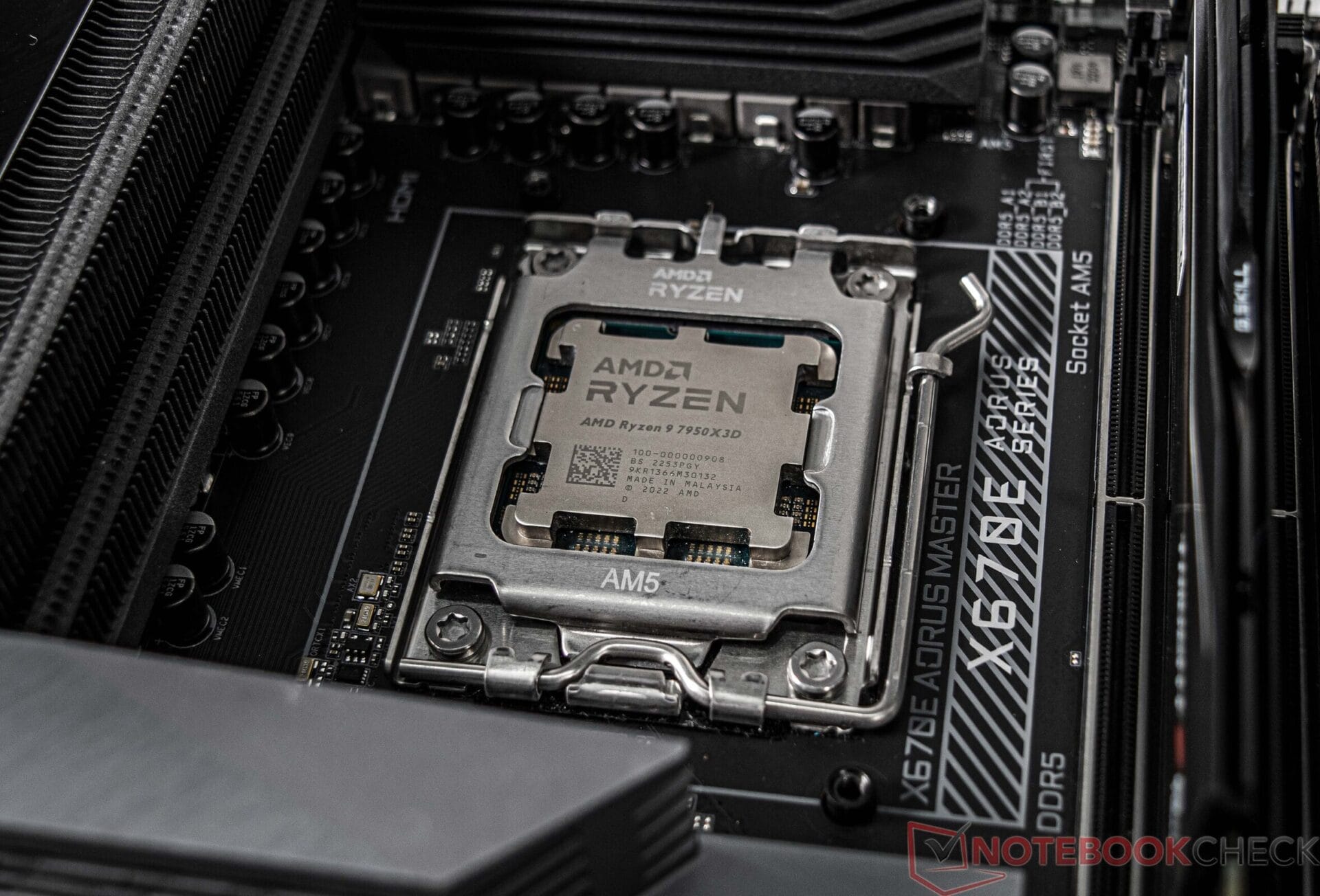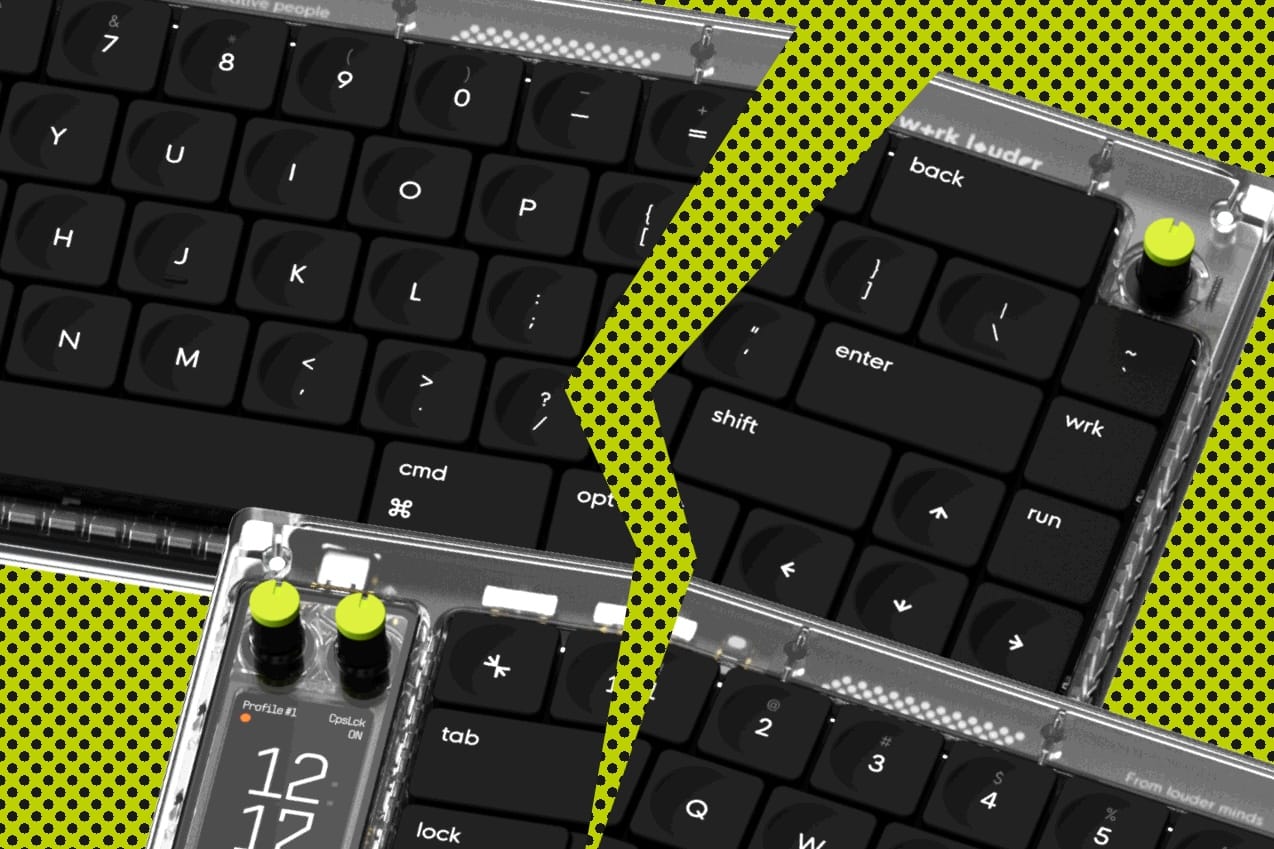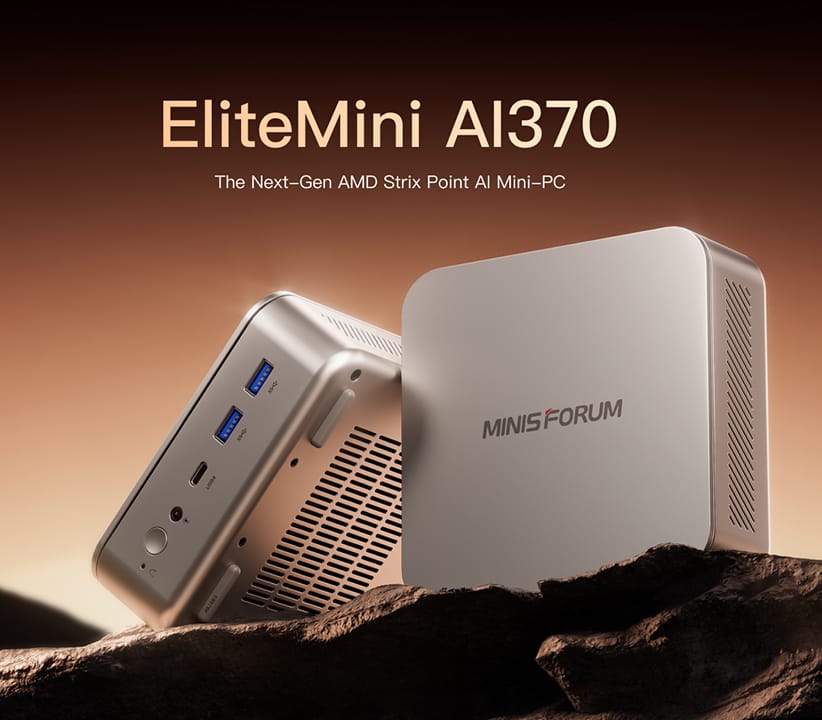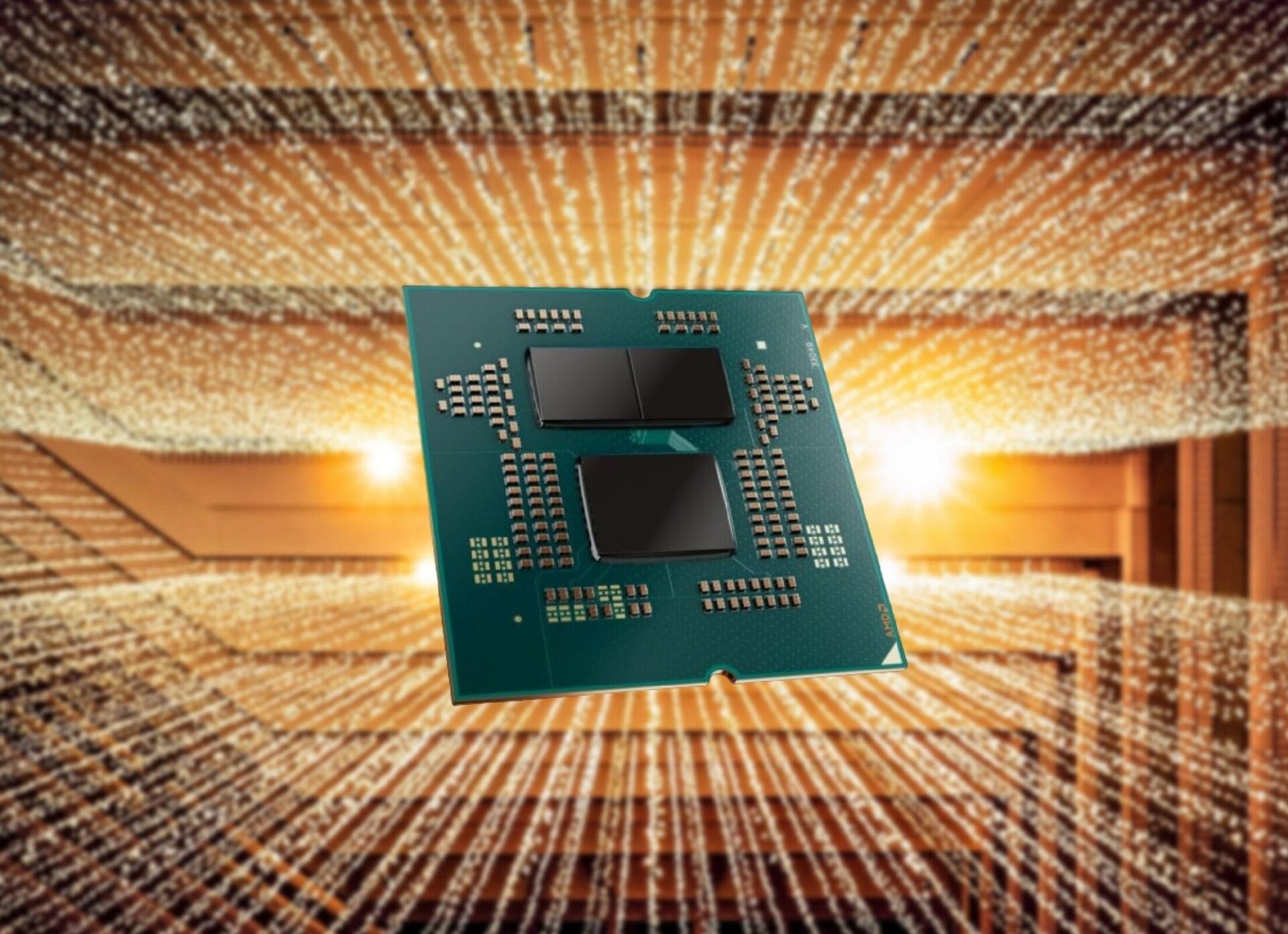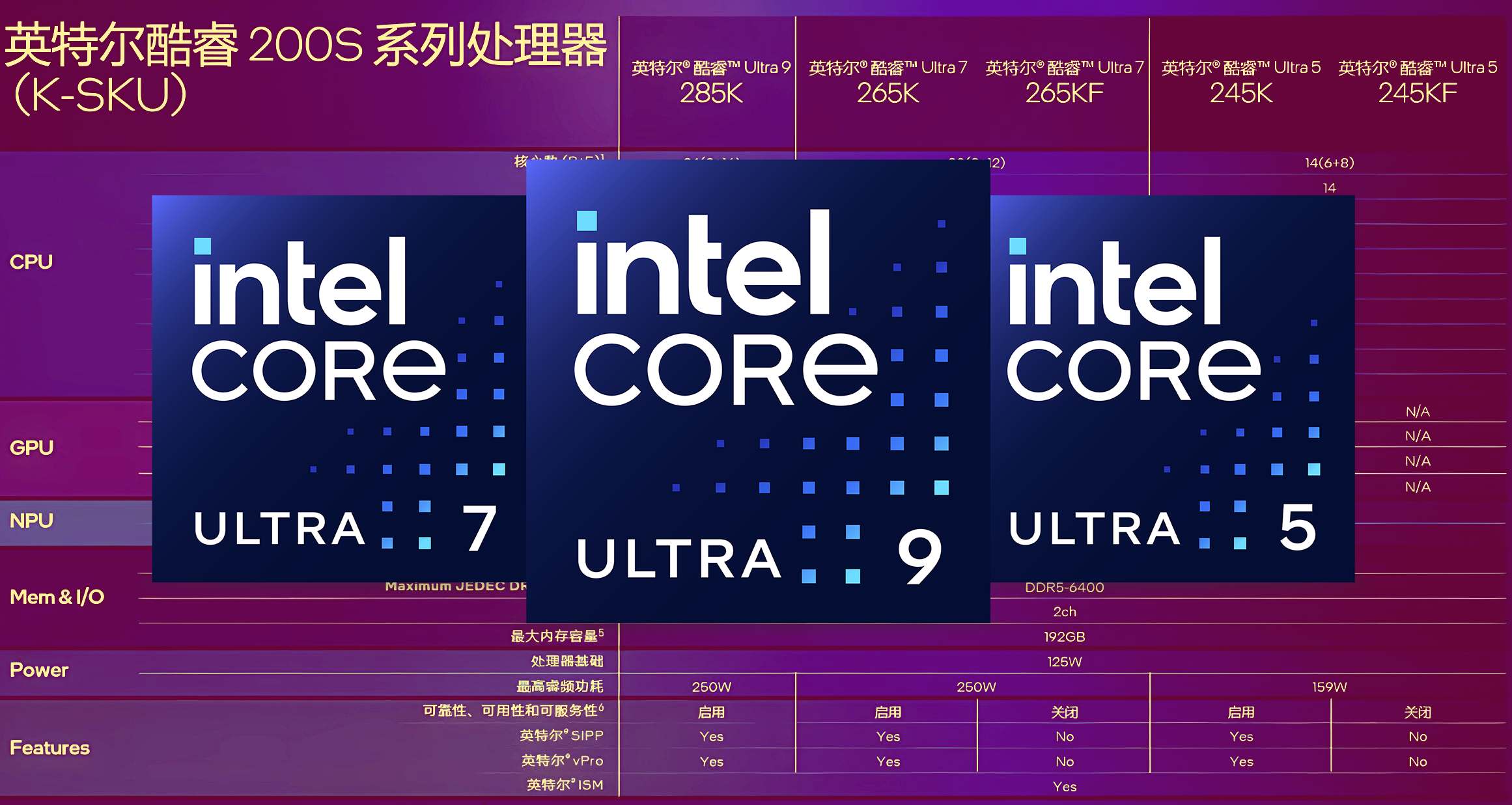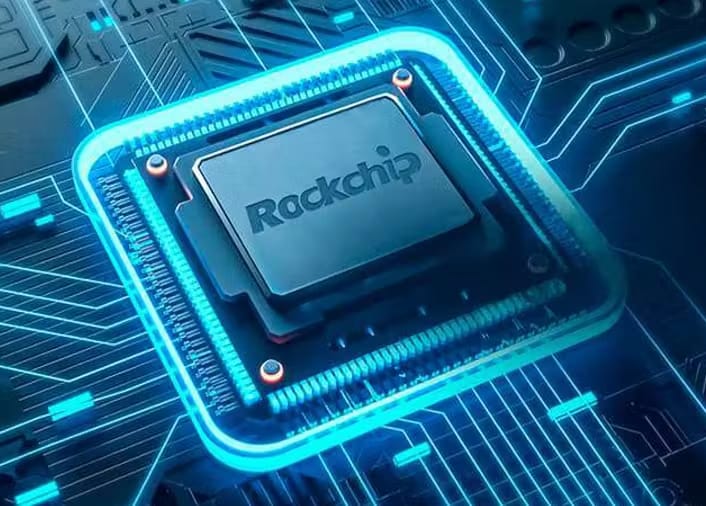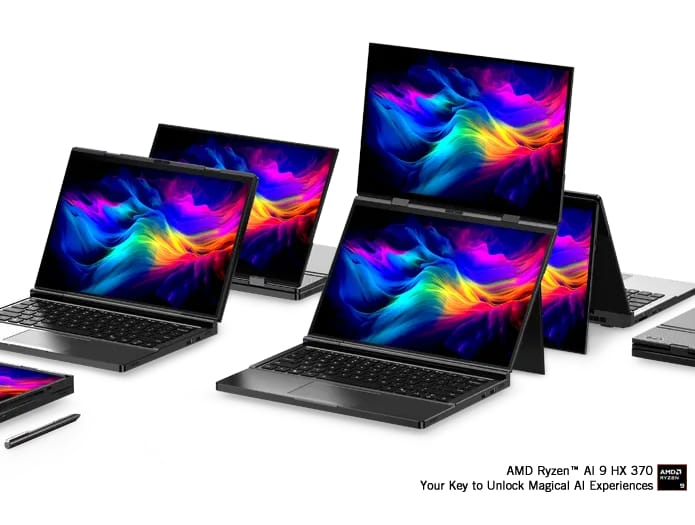Work Louder is a new PC accessory company that creates unique mechanical keyboards and consoles aimed at enhancing productivity and catering to specific workflows or creative applications. Although they charge high prices for their items, they have faced criticism in online spaces, including their own Discord server, concerning issues with purchasing, production delays, and the overall quality of their latest Kickstarter-backed product, the Nomad [E].
User Feedback on Build Quality
One of the main complaints, which is likely more subjective, comes from users on the r/olkb subreddit who ordered the Nomad [E] mechanical keyboard. They expressed frustration over the low-quality plastics and disappointing build quality of the $350 device. Although the Nomad [E] features a CNC aluminum bottom case, its top case is made from polycarbonate, which many users feel is subpar, as noted in comments on both Reddit and the Work Louder community Discord. Even the more favorable reviews pointed out the use of inferior materials. Additionally, some commenters criticized the keycaps for being merely average in quality, while the dials received negative feedback for feeling poorly constructed. One Reddit user even described the Nomad [E] as “maybe the most disappointing board at this price point I’ve ever used,” and strongly advised potential buyers to avoid it.
Customer Service Concerns
Another user shared their disappointment about the feedback from early users of the Nomad [E], stating that when they contacted customer service for a refund, their request was refused. According to the Work Louder website, refunds are only issued if the keyboard is defective, but this process has not been smooth either.
“You will be charged for this item upon checkout. There are no refunds or cancellations on pre-sale orders. Shipping will commence when manufacturing/assembly has been completed. Any extra stock allocation past this date can be ordered until exhaustion. As with all group buys, delivery dates may change due to delays and setbacks.” —Work Louder pre-order policy
Thank you for waiting while we handle all the tickets. If you have a problem, open a ticket and we will assist you. I would greatly appreciate a bit more patience regarding our response time due to the high volume of inquiries – we will respond and resolve your issue, I assure you.
Dial problems will get either a complimentary accessory kit or a replacement unit. Ruler issues will probably receive a new ruler since we will likely need to redo the part to properly resolve the issue. Please understand that we are a small team managing a lot right now. That said, no one will be left without assistance; we just need time to organize a solution for each person who needs help.
Ongoing Replacement Efforts
According to the Kickstarter page for the project, the primary quality control issues regarding the faulty rotary encoder knobs and the magnetic stand/ruler have been addressed, and anyone submitting a ticket should have their replacement request fulfilled “by the end of October.” However, considering the nature of group buys and Kickstarter projects, it’s possible that current customers may have to wait longer for those replacement components. Nevertheless, the Work Louder team appears committed to addressing and repairing defective keyboards. For context, the Work Louder Nomad [E] finished its 30-day Kickstarter funding period on June 24, 2023, and early backers are just now starting to receive their first production units. Much of this delay can certainly be attributed to product development, prototyping, and setting up production, but it has also contributed to Work Louder’s reputation for poor time management.
In terms of solutions, Work Louder is offering owners of faulty Nomad [E] keyboards two different options for the broken rotary dials—one being a DIY kit for owners to install themselves and the other requiring owners to return the faulty keyboard for a replacement. For the magnetic foot/ruler piece, which has magnets that often fall out, owners can submit a ticket and will receive a rubber strip in the mail to help keep the magnets secure.
While many customers of the Nomad [E] are unhappy, there are also some who simply accept that this is typical for Kickstarter projects, even with the $350 price tag. Those who chose to support the project paid $350 for what is undeniably a distinctive keyboard, although the execution leaves much to be desired. In terms of design and functionality, the Nomad [E] is impressive, featuring a low-profile design, custom layout and keycaps, semi-custom key switches, and numerous rotary dials on its top case, making it quite adaptable for productivity-focused setups.
If you’re interested in low-profile mechanical keyboards, consider the Keychron K3 Pro wireless low-profile keyboard with Gateron low-profile switches (currently $119.99 on Amazon).
r/keyboards on Reddit, r/olkb on Reddit, Work Louder Discord.

